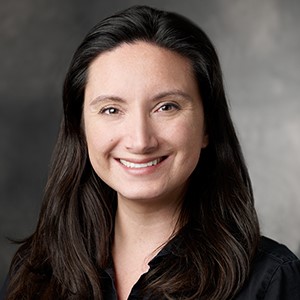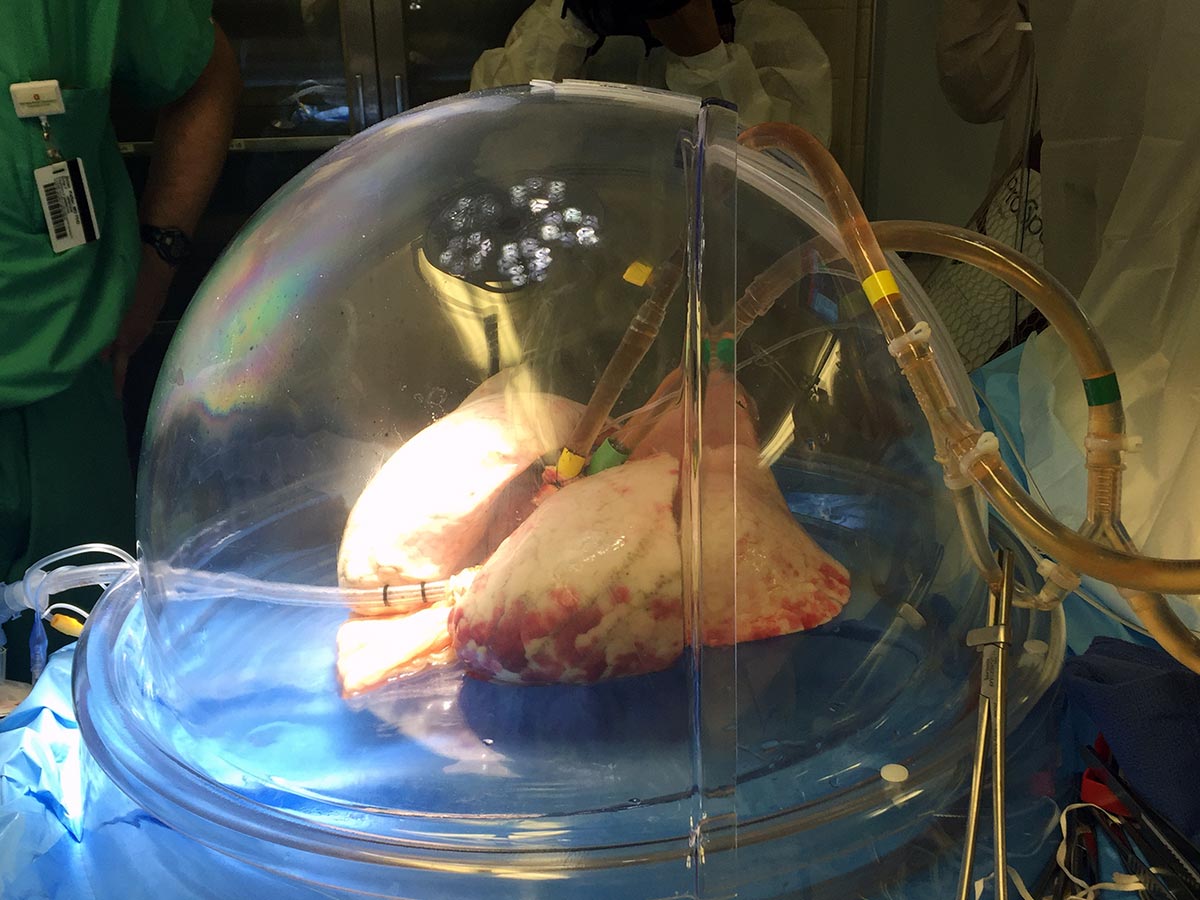The Development of a Pulmonary Nurse Practitioner Fellowship

“Why is Rachel seeing that patient…”
…They don’t have asthma?!
Ding, ding, ding… Have you ever had a moment where you heard something that made you stop in your tracks and realize you needed to take action?
That moment occurred in 2012. I was sitting in clinic seeing a full schedule of patients and one of our attending physicians off handedly made the above comment. My mentor, Dr. John Mark, and I looked at each other and had this ah ha moment! We needed to formalize my training and prove to my colleagues that I could indeed take care of more complex pulmonary patients than simple asthmatics. Let me give you a little background.
I studied at Vanderbilt University and then return home to start my nursing career in 2002.
I practiced general pediatrics in Santa Cruz for almost 9 years. Then wanting to return to an academic setting and give myself a new challenge I joined a pediatric pulmonology practice at a university hospital in 2011.
Ok so how do you become a sub-specialist as an APP???
That was our question and luckily for me my mentor is also the director of our MD fellowship program and a faculty at the Pediatric Pulmonary Center at the University of Arizona which offers training to a variety of medical and ancillary providers. We decided I needed a plan, actually we realized we needed to develop a fellowship! Thereby proving that I had the breadth and depth of knowledge to care for complex medical patients independently and as part of the medical team.
We based my year-long fellowship on the first year of the MD fellowship and the RN training from the UofA PPC program.
This included didactic, clinical, research, quality improvement project, and teaching components. I completed assigned readings and lectures; inpatient and outpatient hours; focused sessions of sleep medicine, airway anomalies, BPD, neuromuscular, and asthma; observation days with ENT, radiology, CF; community outreach and development of a parent handbook for asthma; teaching of staff, RNs, and residents/fellows; gave local and regional lectures and case conferences; and published a poster presentation for the American Thoracic Society called the Development of a Pediatric Pulmonary Nurse Practitioner Fellowship.
Typically APPs get a job and then scramble to get enough on the job experience to succeed in their new role, right?
For a bright self-starter that could work. Or if you have an amazing mentor they will take you under their wing and “teach you all they know.” But often the APP ends up over extended, overworked, and undertrained. Additionally your physician colleagues may not view you as an equal player and you may get relegated to the land of follow ups, scribe, or always having to have your work double checked and verified by an MD. All Apps should be functioning at their highest level of competence and training. So what is the answer… well we believe it lies in the formulization of more and more NP fellowship programs. Post-master’s training if you will, akin to what every MD gets through internship, residency, or fellowship. This will lend further credibility to our field of medicine.
At the time of our program development, there were only a handful of post-graduate fellowship opportunities for APPs across the country, GI, palliative care, cardiology, and only one in Dermatology who had created an exam with board certification and had been accredited.
Our field is slowly changing and there are increasingly more residency and fellowship opportunities for APPs.
As our field recognizes the need for training this trend is slowly changing and there are increasingly more and more residency and fellowship opportunities for APPs. Additionally work by such groups as the APAPP to give APP sub-specialist a unifying group and voice, opportunity to show evidence of expertise through the fellow status, and advocate for our field will speak volumes to our patients and colleagues and lend validity to our work.
Resources:
https://www.atsjournals.org/doi/abs/10.1164/ajrccm-conference.2014.189.1_MeetingAbstracts.A2793





Rhea V.
Great post! We (as APPs) definitely need to prepare ourselves to succeed. It sounds like you had a great opportunity and I wish that more of us had that. What a huge difference it would make.